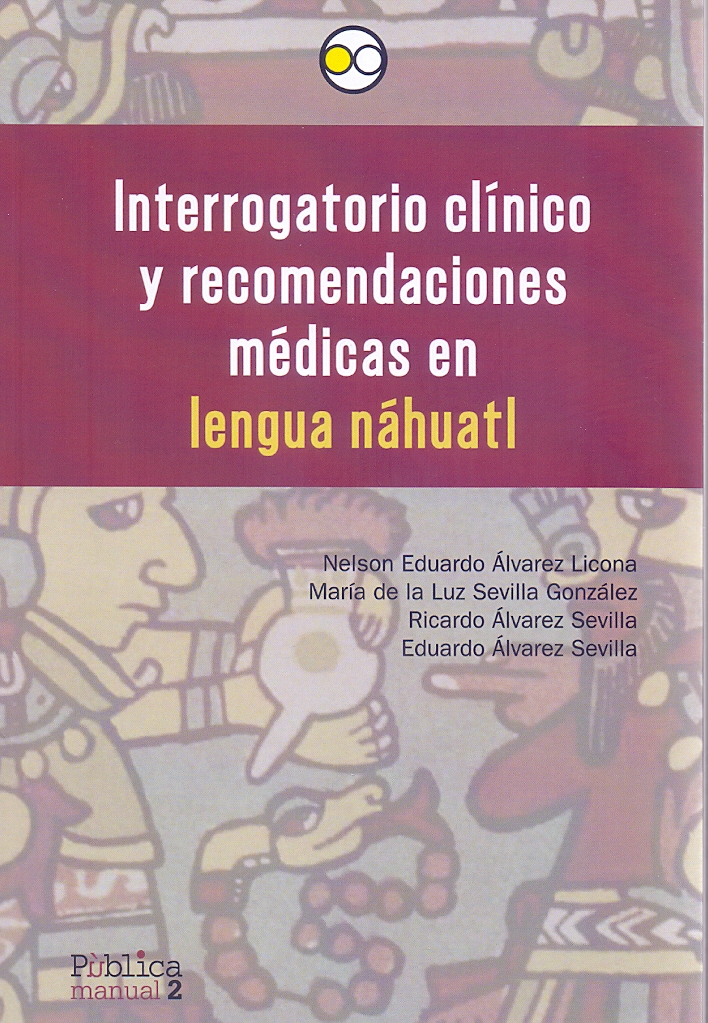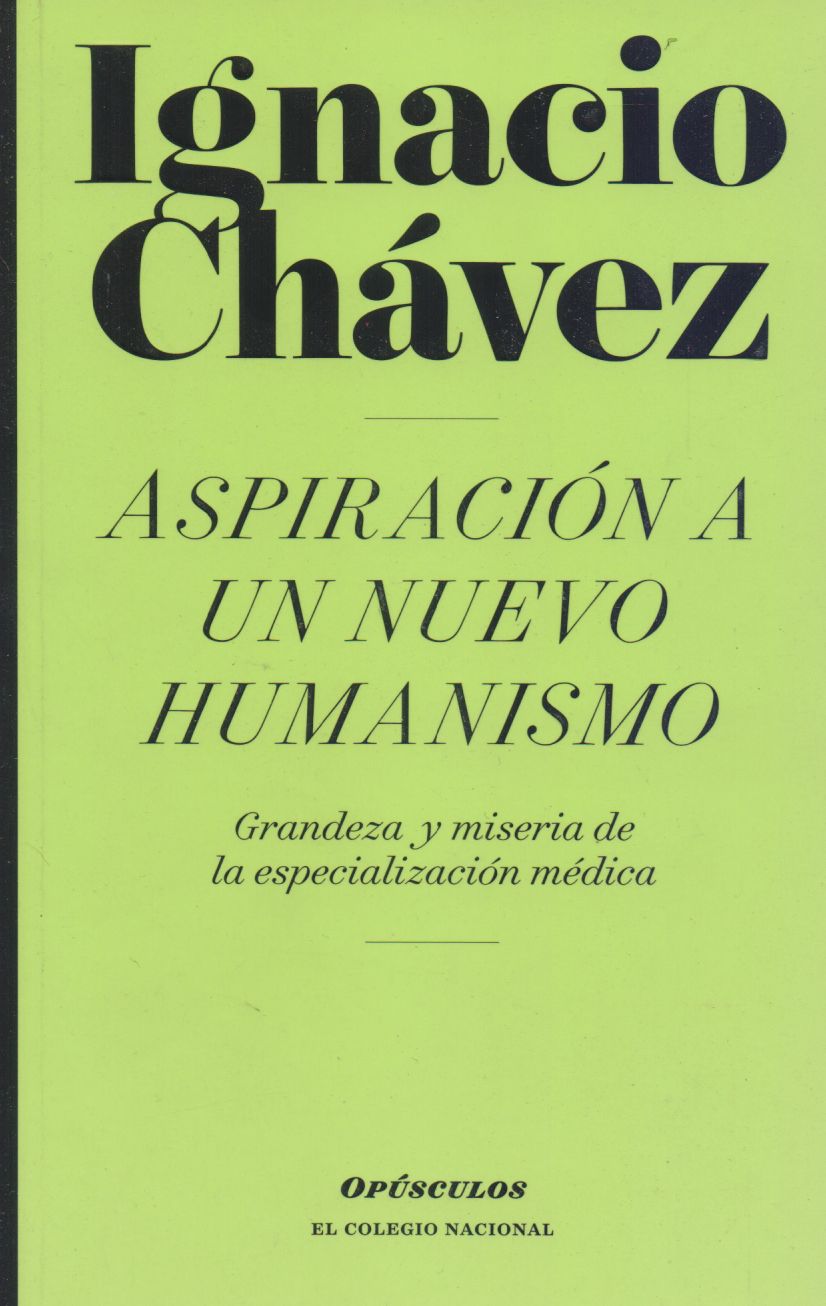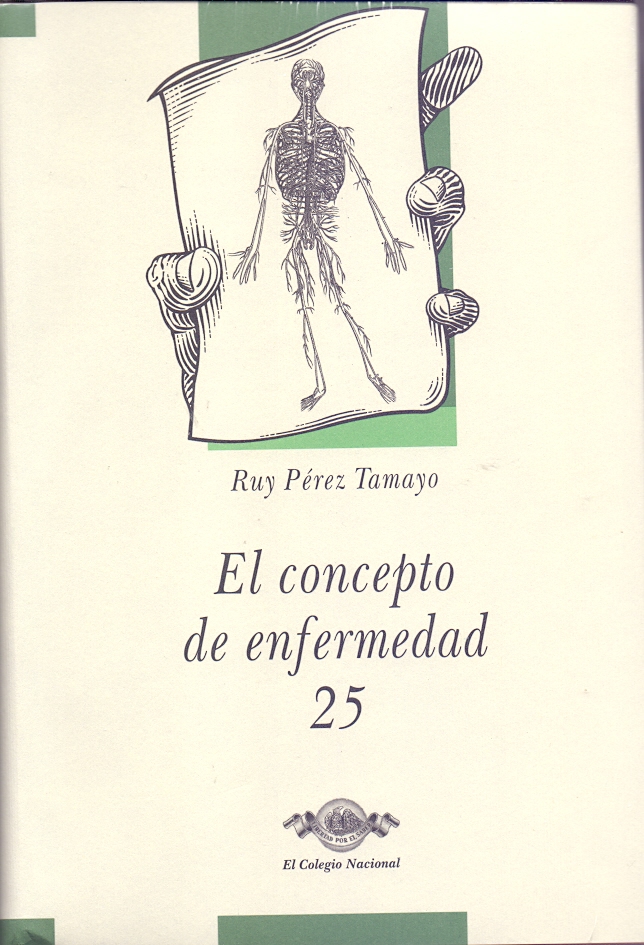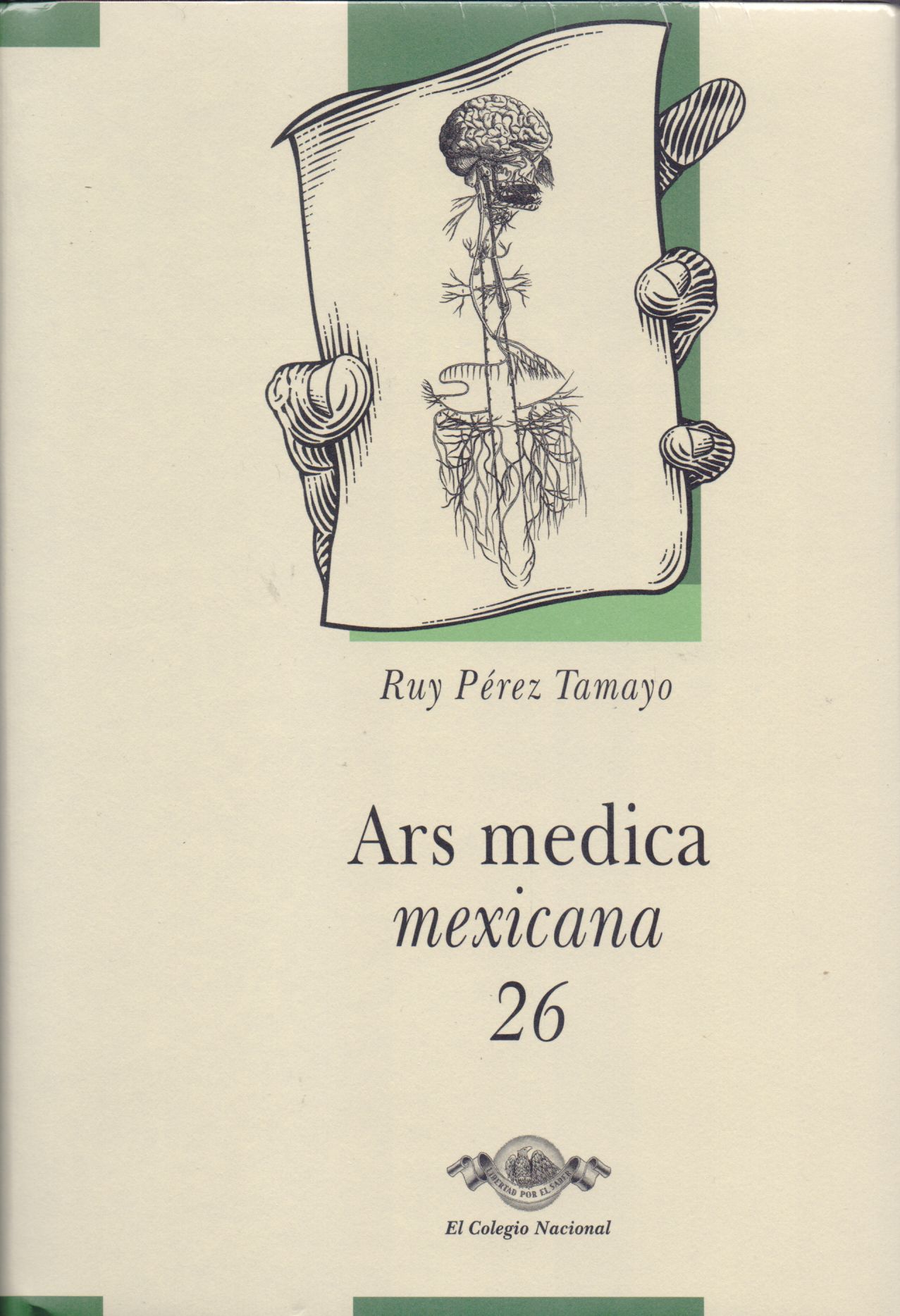Libros relacionados
 |
Interrogatorio Clínico y Recomendaciones Médicas en Lengua Náhuatl Álvarez Licona, Nelson Eduardo Bonilla Artigas Editores |
 |
Aspiración a un Nuevo Humanismo: Grandeza y Miseria de la Especialización Médica Chávez, Ignacio Colegio Nacional |
 |
Manual de Prácticas de Toxicología de los Alimentos Cid Hernández, Margarita Mc Graw Hill Interamericana de Mexico |
 |
Manual de Prácticas de Bioquímica de los Alimentos Rivas Miranda, Juan Mc Graw Hill Interamericana de Mexico |
 |
Inorganic Electronic Structure And Spectroscopy: Methodology (Vol. 1 ) Solomon, Edward / Lever, A. B. P. Wiley |


|
Título: Property In The Body. Feminist Perspectives. | |
| Autor: Dickenson, Donna. | Precio: $1380.00 | |
| Editorial: Cambridge University Press | Año: 2007 | |
| Tema: Leyes, Medicina, Etica | Edición: 1ª | |
| Sinopsis | ISBN: 9780521867924 | |
| New developments in biotechnology radically alter our relationship with our bodies. Body tissues can now be used for commercial purposes, while external objects, such as pacemakers, can become part of the body. Property in the Body: Feminist Perspectives transcends the everyday responses to such developments, suggesting that what we most fear is the feminisation of the body. We fear our bodies are becoming objects of property, turning us into things rather than persons. This book evaluates how well-grounded this fear is, and suggests innovative models of regulating what has been called 'the new Gold Rush' in human tissue. This is an up-to-date and wide-ranging synthesis of market developments in body tissue, bringing together bioethics, feminist theory and lessons from countries that have resisted commercialisation of the body, in a theoretically sophisticated and practically significant approach.
¦ Allows reader to make sense of headline stories about stem cells and other developments in biomedicine ¦ Offers reader a clear argument about why we worry about the body becoming a mere commodity and what we can do to prevent it ¦ Avoids both sole emphasis on US situation and easy answers to difficult questions about how we should handle rapid change in the new biotechnologies |
||
Librería Bonilla SA de CV © Todos los derechos reservados. 2019
Última actualización: Jul 2019






